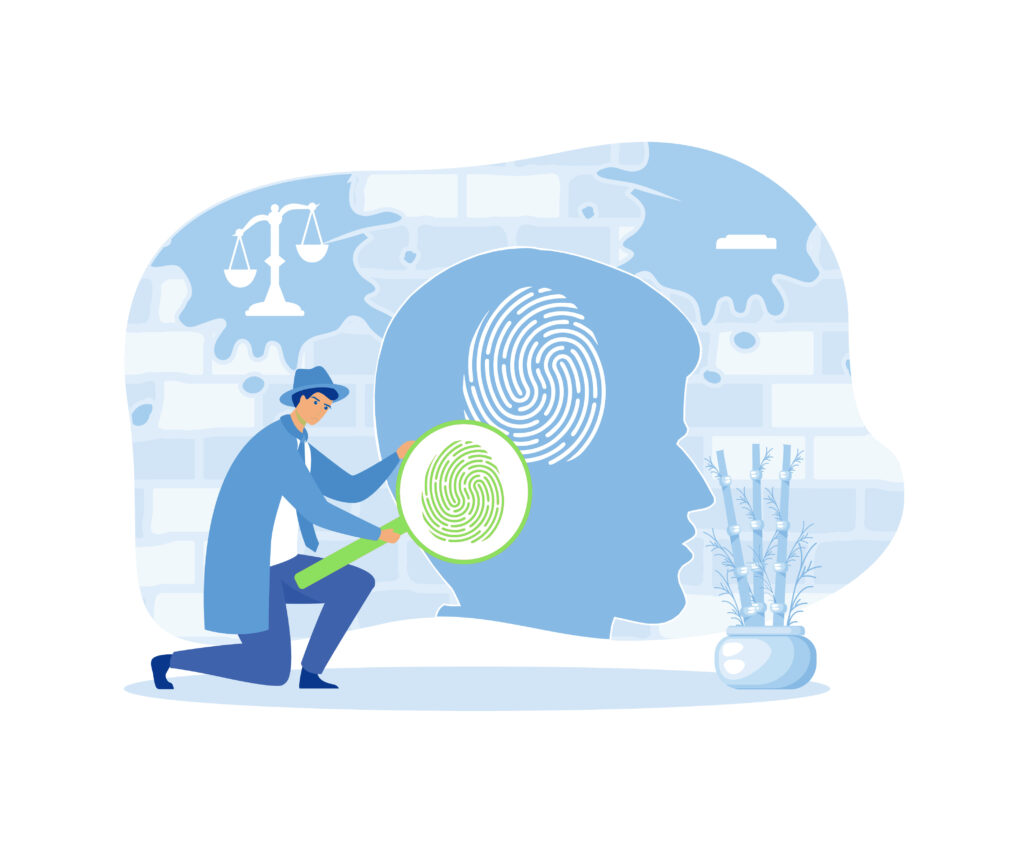Questions? We Have Answers
Our Stuart computer forensics team can provide answers to your questions. We understand there may be a lot going on, so we’re here to help.
Anthony Pullano Has Done Over 2,600 Client Interviews
You Have Questions, We Have Answers
Computer forensics involves collecting, analyzing and reporting digital data in a manner that is legally admissible. Computer forensics is commonly used to detect and prevent crime, and in any dispute where evidence has been stored digitally.
Though the term “computer” is used, computer forensics is not limited to computers, it applies to any device that is capable of storing digital information.
In order to avoid accidental contamination, investigators make a digital copy of the device’s storage media, and all investigation is done on the digital copy.


We Uncover Digital Evidence
Our Team is Talented & Ready to Fight With You
Investigators search for things such as hidden folders, and unallocated disc space for any copies of deleted, damaged, or encrypted files.
A computer may be the scene of a crime; for instance, with hacking, or it may hold other evidence in the form of Meta data, Internet search history, emails, or other documents relevant to crimes. A computer forensic investigation can reveal when a document first appeared on a computer, when it was last edited, and when it was saved and printed to further criminal activities.
Computer forensics is widely accepted and used in a variety of cases including: forgeries, civil investigations, bankruptcy investigations, inappropriate email and Internet use at work, fraud investigations, sex crime investigations, child pornography, violation of privacy, murder investigations, conspiracy cases, intellectual property theft, and more.
Factors that affect the length of an investigation include: the number of computers being searched, the amount of storage that is being sorted through (CDS, DVDs, hard drives, and thumb drives), the presence of encrypted files or files protected by passwords, and whether the suspect hid or deleted information.
